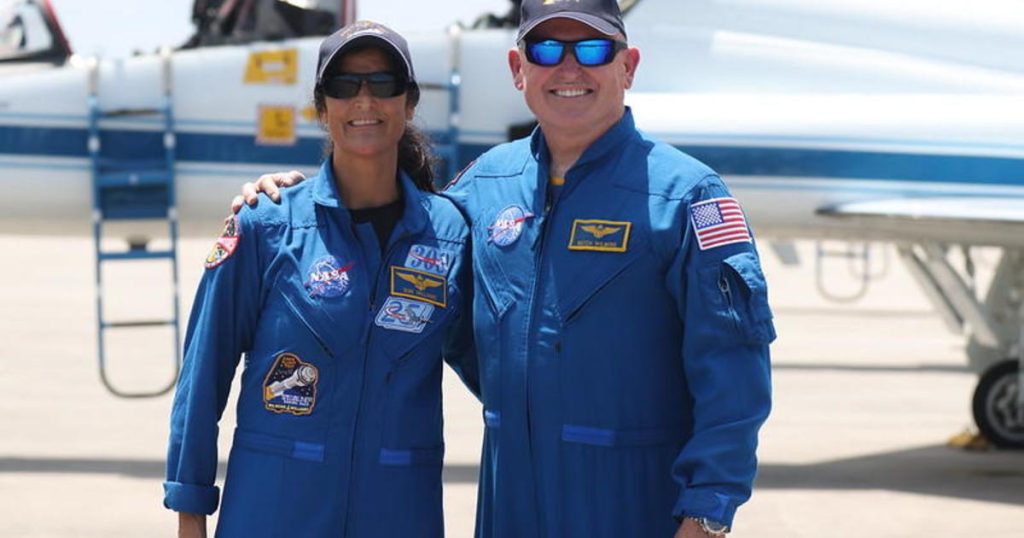Two veteran astronauts, Barry Wilmore and Sunita Williams, prepared for the first piloted launch of Boeing’s Starliner spacecraft to the International Space Station on May 6. The launch had been years behind schedule due to technical problems following two uncrewed test flights. The astronauts arrived at the Kennedy Space Center in T-38 jet trainers and were eager to begin their mission. They expressed excitement about broadening NASA’s capability to and from the space station, highlighting the significance of this mission.
After completing a flight readiness review, the Starliner was tentatively cleared for launch atop a United Launch Alliance Atlas 5 rocket. If successful, the crew would dock at the space station on May 8 and return to Earth on May 15. NASA plans to begin operational Starliner crew rotation flights in 2025, alternating launches with SpaceX. This day marked a significant milestone for NASA’s Commercial Crew Program as all partners signed off on proceeding with the launch of the Starliner.
NASA awarded contracts to SpaceX and Boeing in 2014 to develop spacecraft capable of carrying astronauts to and from the International Space Station. The goal was to end reliance on Russia’s Soyuz and resume launching American astronauts from U.S. soil. SpaceX initiated piloted flights in 2020, launching multiple missions successfully since then. Boeing faced setbacks with software, communication, and propulsion issues, leading to delays in the Starliner’s development. However, the company remains committed to a successful piloted flight and considers human safety a top priority.
The Crew Flight Test will be a critical milestone for Boeing and NASA’s Commercial Crew Program. Despite concerns surrounding Boeing’s aircraft safety, the Crew Flight Test is viewed as pivotal for demonstrating the effectiveness of the Starliner spacecraft. Wilmore emphasized that this mission is of equal importance to all human spaceflight endeavors, and failure is not an option. Boeing’s program manager stressed the significance of this mission for the company, NASA, and human spaceflight in general. The success of the Crew Flight Test is vital for fulfilling commitments and advancing the capabilities of commercial crew transportation.
The International Space Station serves as a hub for international collaboration and scientific research, making crewed missions critical for its continuous operation. In the context of recent technical issues with Boeing aircraft, the successful launch of the Starliner spacecraft will demonstrate the company’s commitment to safety and reliability in human spaceflight. Both NASA and Boeing are dedicated to ensuring the success of this important mission and maintaining a strong partnership for future crewed flights. With the crew ready and the spacecraft prepared, all eyes are on the upcoming launch and the significant milestones it represents for the space program.


